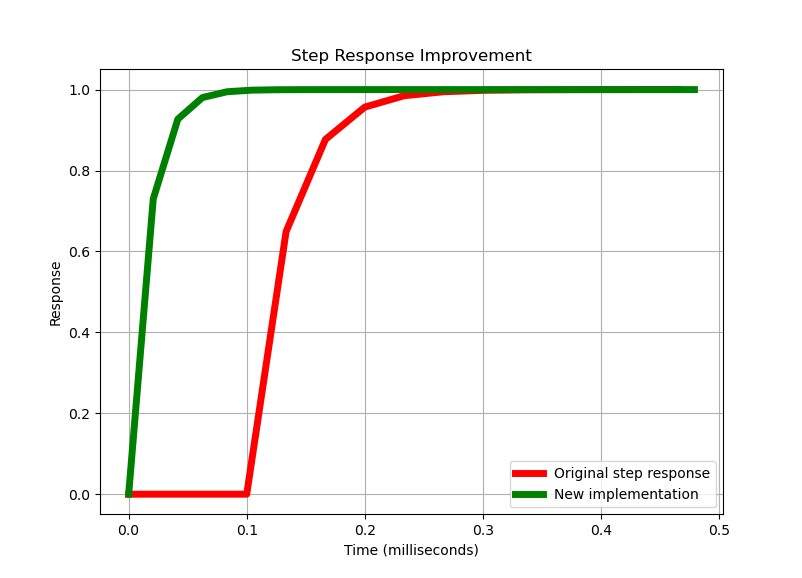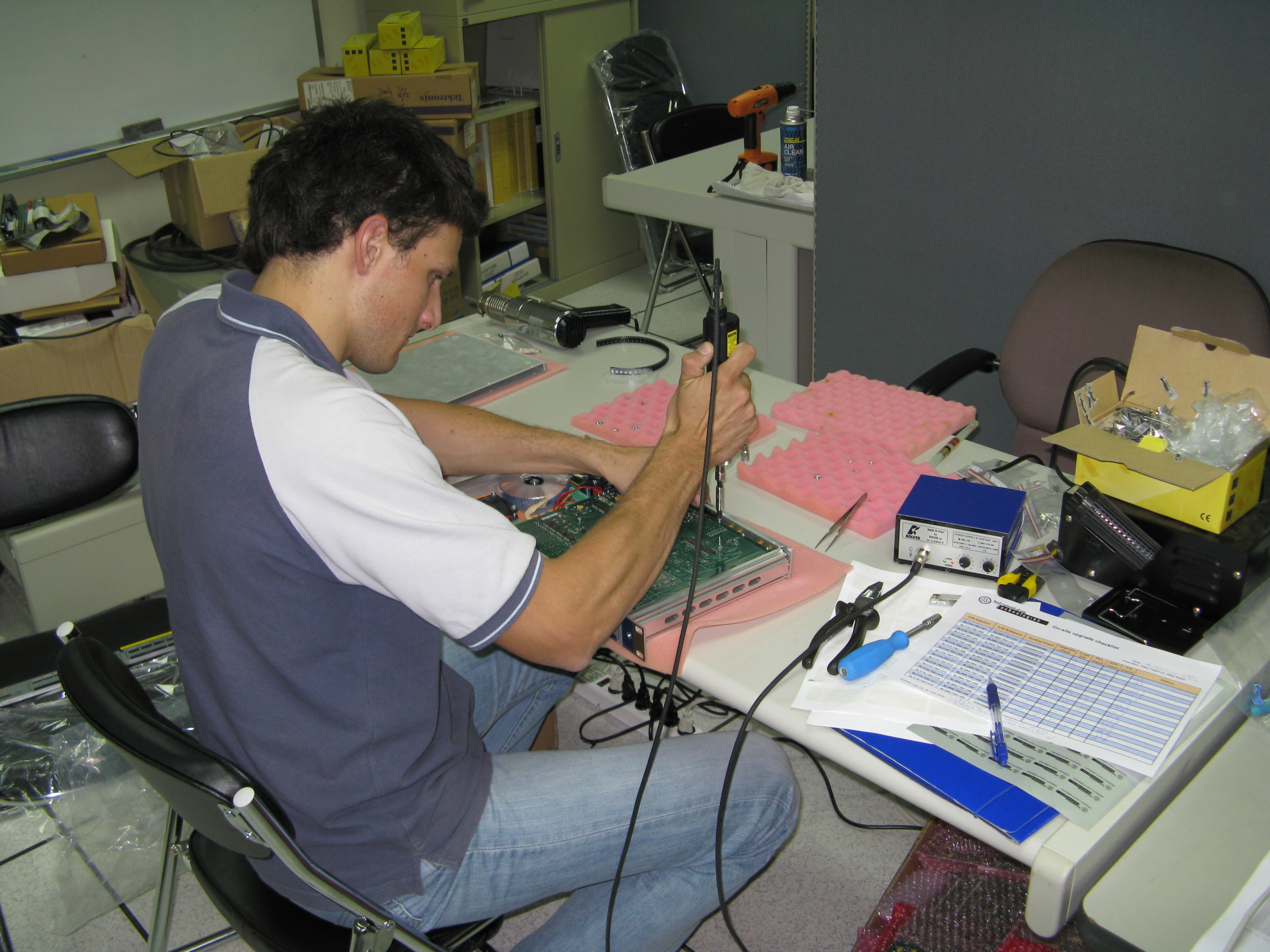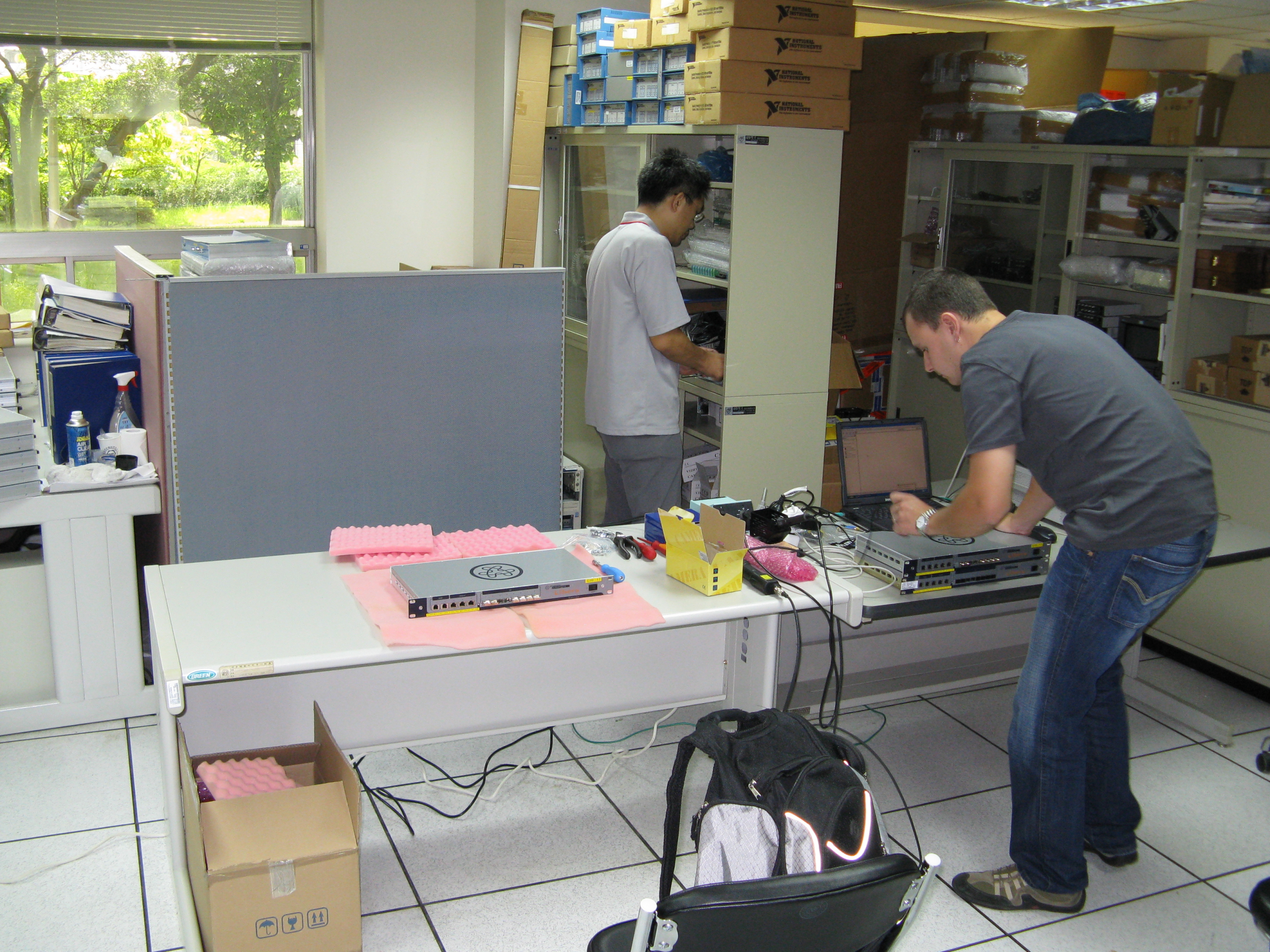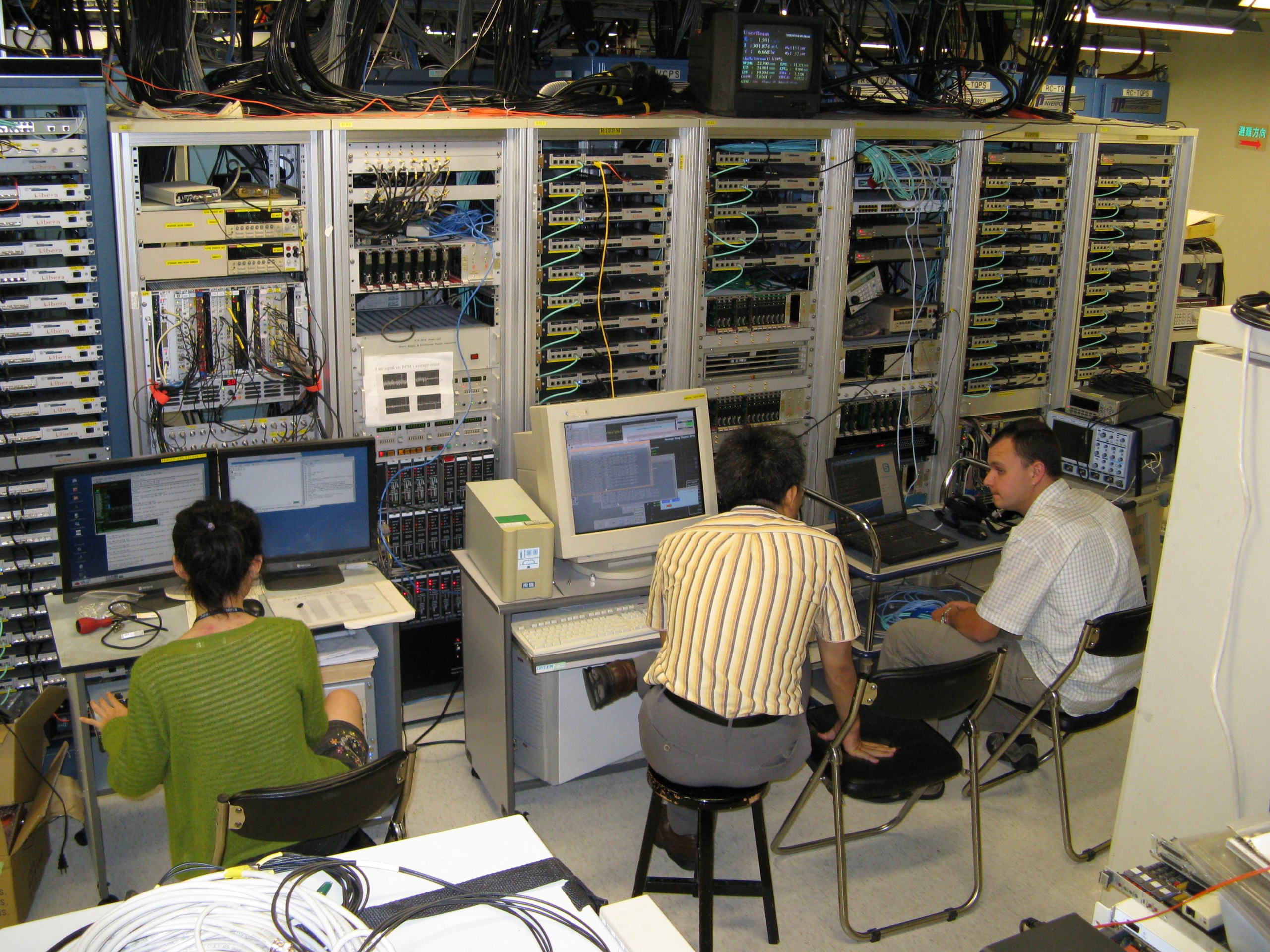Lifetime Libera user Taiwan Photon Source upgrades its Libera BPM System
Earlier this year, we announced that SOLEIL and Diamond Light Source, our first two Libera customers, chose our instrumentation for their upgrade projects. We are now proud to share that our third-ever customer, the National Synchrotron Radiation Research Center (NSRRC), has selected us for an important instrumentation upgrade planned for 2025.
NSRRC has been a Libera user for well over two decades—dating back to before the ‘Libera’ brand was even officially launched. Around 14 years ago, we delivered the first generation of Libera Brilliance+ instruments to the Taiwan Photon Source (TPS), which has since operated reliably with more than 200 beam position monitors (BPMs).
Our collaboration has always been based on a shared understanding of complex technology, mutual trust, and open communication.
The Role of Libera Brilliance+ at TPS
In addition to standard feature, TPS uses the Fast Orbit Feedback (FOFB) extension of Libera Brilliance+, which allows the instruments to exchange data within a closed network. Every 30 microseconds, data from BPMs is compared and used to calculate corrections for the fast orbit corrector magnets—ensuring the electron beam stays on the intended orbit.
This FOFB system has been running reliably for several years, as documented in the article presented at PAC ’09. Read the article
Significant FOFB Improvements with the 2025 Upgrade
Despite the measurement and calculation times are short already, TPS aimed to reduce latency even further. To meet this challenge, we proposed several digital processing optimizations that improve the system’s response time by a factor of five. The system now updates beam position data every 20 microseconds, significantly increasing feedback speed and accuracy.
What This Means for TPS
This upgrade brings several key benefits:
- Reuse of existing Libera Brilliance+ hardware
- Minimal downtime—upgrade fits within a short maintenance window
- Future-proof performance to meet the needs of modern synchrotron users



